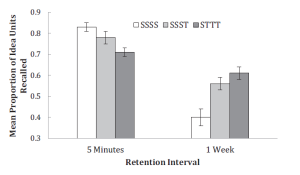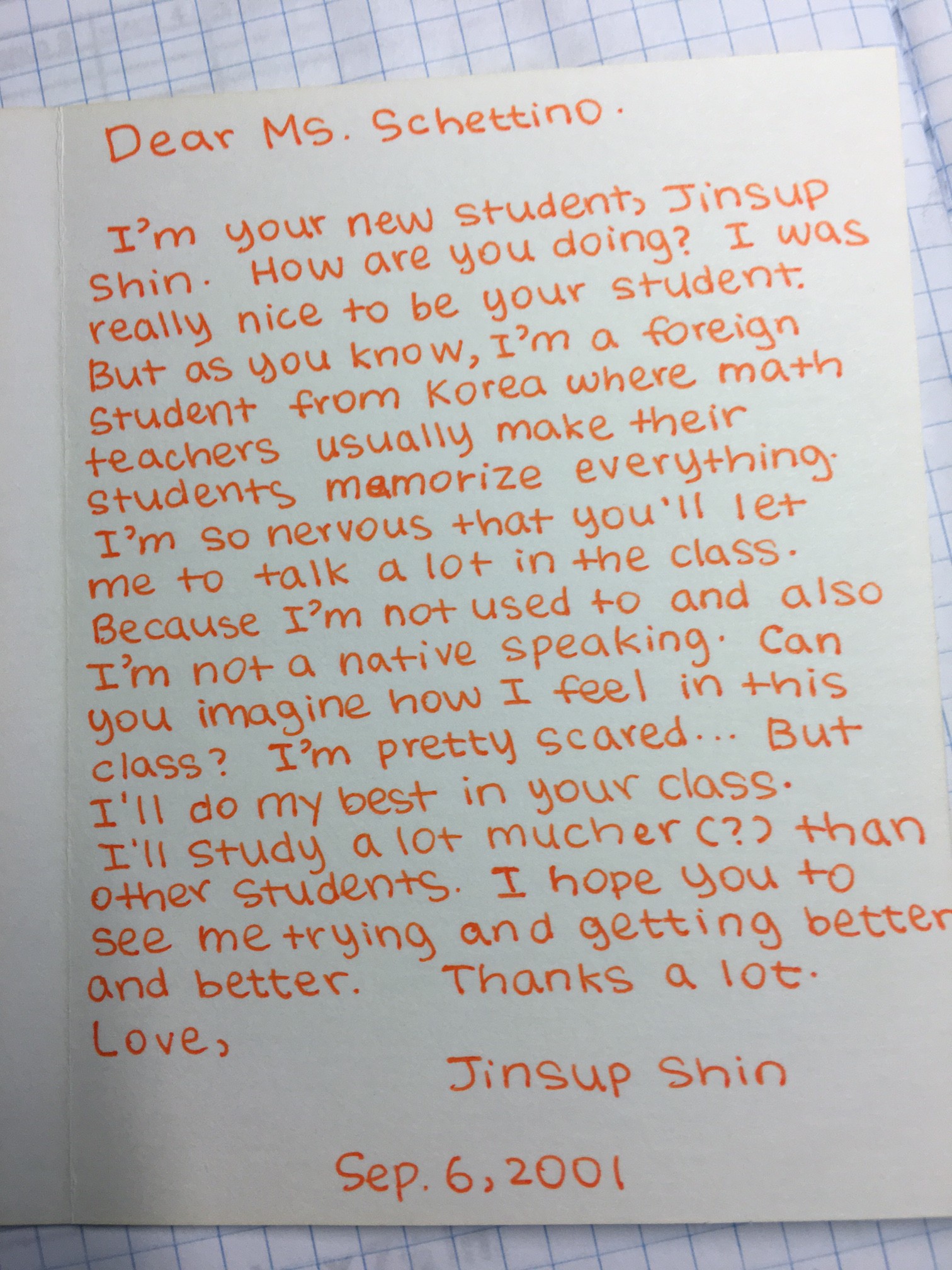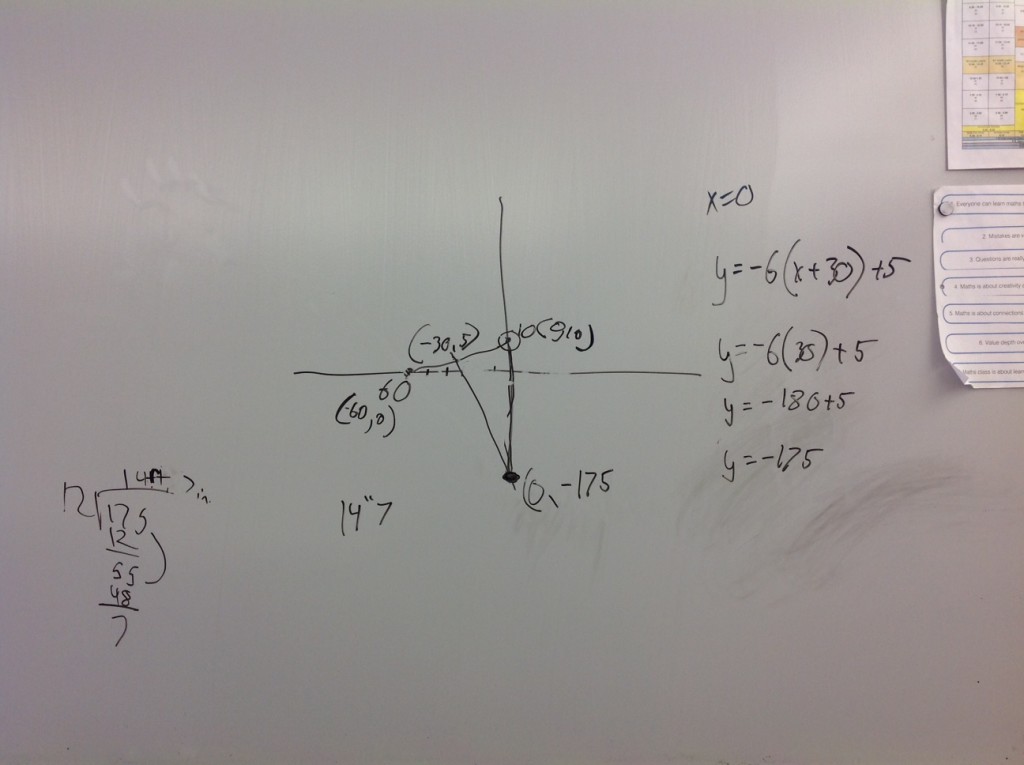This past July, I spent a few days at the MAA Mathfest in Chicago for the first time. The main reason I went was because the Academy of Inquiry-Based Learning was having a Conference within the Mathfest with the theme of “Diversity in IBL.” IBL is generally what college faculty call the type of teaching and learning that many of us at the secondary level has been calling PBL for years. I was so interested to hear many mathematics professors talking about the struggles of writing curriculum, dealing with facilitating discussion, using writing – all of the same parts of this type of teaching that we may have been talking about for so any years. I highly suggest that we could benefit from talking to each other. If you would like to get involved with this movement, Stan Yoshinobu, the Director of the Academy of Inquiry-Based Learning, has put forth some challenges for his community. Check them out.
One of the most interesting talks that I attended was by a professor from Denison University, Lew Ludwig, titled, “Applying Cognitive Psychology to the Mathematics Classroom.” As a devout social constructivist, I generally like going to talks where I can learn more about other views of education. Seeing both sides definitely helps me understand many of the views of my colleagues and see if evidence supports my own perspective. Ludwig had published a review of another article that was titled, “Inexpensive techniques to improve education: Applying cognitive psychology to enhance educational practice”(Roediger and Pye, 2012).
Basically, the presentation summarized three simple techniques that cognitive psychology had evidence helped student learning. The three techniques were called
- The distribution and interleaving of material and practice during learning.
- Frequent assessment of learning (test-enhanced learning, continual assessment)
- Explanatory questioning (elaborative interrogation and self explanation; having students ask themselves questions and provide answers or to explain to themselves why certain points are true).
In the original article, the authors write:
“Repetition of information improves learning and memory. No
surprise there. However, how information is repeated determines
the amount of improvement. If information is repeated back to back
(massed or blocked presentation), it is often learned quickly but
not very securely (i.e., the knowledge fades fast). If information is
repeated in a distributed fashion or spaced over time, it is learned
more slowly but is retained for much longer”
When this was reported, I was first in shock. I couldn’t believe I was hearing something in a presentation about Cognitive Psychology that was actually supported by the definition of PBL that I use. The curriculum I use takes the idea of looking at topics and teaching them over a longer time span, but distributed among other topics. I have called this decompartmentalization of topics, which helps students see the connectedness of mathematics.
The second idea, consistent assessment, is based on the concept that testing is not really a great measure of how much a student has learned, but it actually solidifies the learning that has occurred. So three groups of students were given different ways of learning by reading a passage of information. The first group read a passage four times. The second group read the passage three times and had test. The third group read the passage once and was tested three times. Their performances on tests on the information in the passage 5 minutes later and then one week later.

So if we connect the idea that testing is not the best method of seeing how much students have learned and the fact that consistent assessment actually helps students retain their knowledge, what I do in my PBL classrooms, is not only “test” but do all sort of forms of assessment (writing, oral assessment, hand-in homework with feedback, labs, quizzes, problem sets, self-assessment, etc.) alternately throughout the term. There is probably not a week where students are not assessed in at least 2 ways. I feel that this has led students to have good retention of material and the assessments are strong measurements of their learning.
The last one was the one I was most excited to hear about – explanatory questioning. This seemed to give students so much more responsibility for their own learning than traditional cognitive psychology as I had understood it. The authors of this study claim that explanatory questioning can be broken in to two areas:
Elaborative Interrogation – students generating plausible explanations to statements while they are studying and learning. This speaks directly to the idea of mathematical discussion and how students generate explanations when they ask themselves “why?”
Self-Explanation – students monitoring their learning and describing, either aloud or silently some features of their learning. This idea can be found all over the PBL classroom but in mine, it’s generally found most in metacognitive journaling where students use self-explanation the most.
“Obviously, the elaborative interrogation and self explanation are related because both strategies encourage or even require students to be active learners, explaining the information to themselves (perhaps rephrasing in language they understand better) or asking themselves why the information is true.”
I honestly couldn’t believe what I was reading – this is an article on educational methods based on cognitive psychology that is suggesting that we require students to be active learners and “explain the infomation to themselves”? This is lunacy. I have been teaching for 25 years where students have been complaining to their parents that they have had to explain things to themselves – who would’ve known that I was applying cognitive psychology?
My guess is that these ideas are only enhanced by the social aspect of the classroom and other constructivist ideas – clearly the constructivitst classroom in enhanced by or agrees with some of these cognitive psychology methods as well. Listening to both sides of the theories is actually helpful and I’m seriously going to continue doing this! Although I never thought that there might be strong connections between cognitive psychology theories and PBL, I do know that it’s life’s illusions I recall and I “really don’t know life, at all.”




